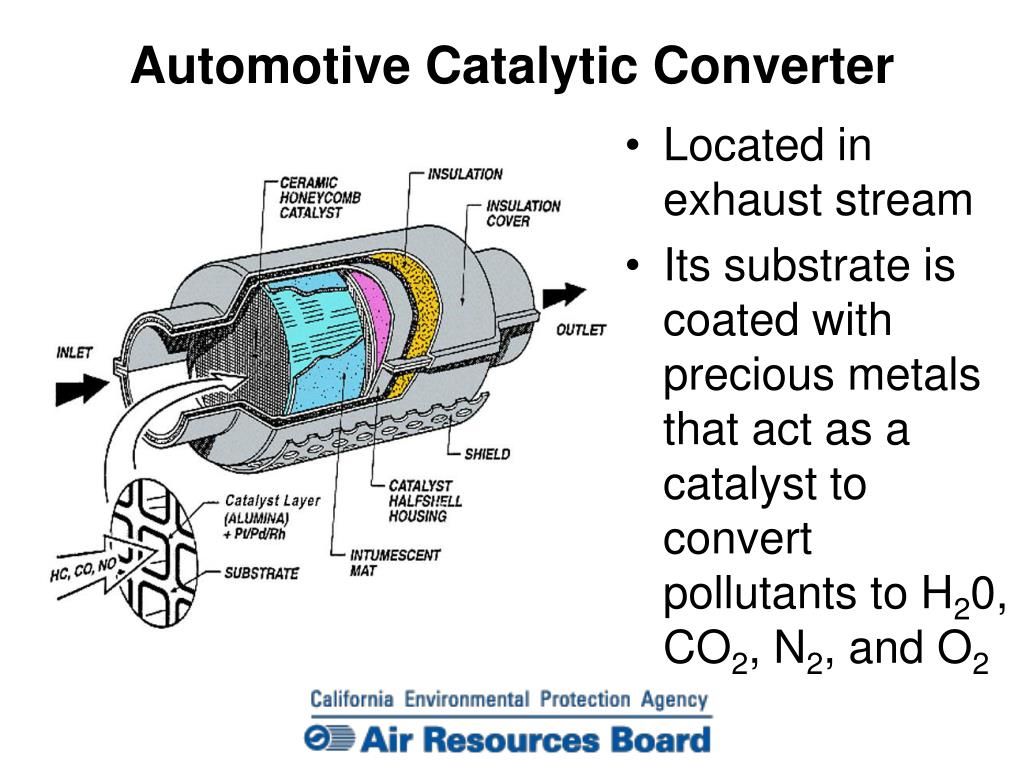The removing Catalytic converter, an unassuming device nestled within your vehicle’s exhaust system, plays a crucial role in curbing harmful emissions. Its function is simple yet essential: converting toxic gases into less harmful substances before they are released into the atmosphere. However, the allure of increased engine performance and a throatier exhaust note has led some to consider removing this vital component. This article delves into the intricacies of catalytic converter removal, exploring the motivations, ramifications, and legal implications, while also offering viable alternatives for those seeking to modify their vehicles responsibly.
Why Removing Catalytic Converter?
The primary reasons for removing a catalytic converter often revolve around performance enhancements and cost reduction:
- Increased Horsepower and Torque: Catalytic converters can restrict exhaust flow, potentially limiting engine output. Removing them can lead to modest gains in horsepower and torque, especially in older vehicles.
- Improved Exhaust Note: The removal of a catalytic converter can result in a louder, more aggressive exhaust sound, which some enthusiasts find appealing.
- Cost Savings: Catalytic converters can be expensive to replace, particularly if they fail or become clogged. Removing them eliminates this expense.
The Dark Side of Removing Catalytic Converter: Environmental and Legal Consequences
While the aforementioned benefits might seem enticing, removing a catalytic converter comes with a host of negative consequences that cannot be ignored:
- Increased Emissions: The most significant drawback is the surge in harmful emissions. Catalytic converters play a vital role in reducing pollutants such as carbon monoxide, nitrogen oxides, and hydrocarbons. Their removal negates these benefits, contributing to air pollution and harming the environment.
- Illegal in Many Jurisdictions: In most countries and states, tampering with or removing emission control devices like catalytic converters is strictly prohibited. Doing so can result in hefty fines, vehicle impoundment, and even criminal charges.
- Failed Emissions Tests: Vehicles without catalytic converters will almost certainly fail emissions tests, making it impossible to register or legally operate them in areas with mandatory testing.
- Voided Warranties: Removing a catalytic converter can void your vehicle’s warranty, leaving you liable for costly repairs in the future.
Responsible Alternatives: Performance Modifications Without Compromise
For car enthusiasts seeking performance gains without the negative environmental and legal consequences, there are several responsible alternatives to consider:
- High-Flow Catalytic Converters: These aftermarket converters offer reduced exhaust restriction while still maintaining emission control functionality. They can provide a balance between performance enhancement and environmental responsibility.
- Cat-Back Exhaust Systems: These systems replace the exhaust components from the catalytic converter back, often including mufflers and resonators. They can improve exhaust flow and enhance sound without compromising emissions control.
- Engine Tuning: Optimizing engine parameters through tuning can unlock additional power and torque without the need to remove the catalytic converter.
- Weight Reduction: Reducing vehicle weight can improve performance in multiple ways, including acceleration, handling, and braking. This can be achieved through lighter wheels, seats, and other components.
Related: Beyond the Rust: Lasting Magic of Car Junk Yard in car culture
The Verdict: A Balanced Approach
The decision to remove a catalytic converter is a complex one with significant implications. While the allure of increased performance might be tempting, the environmental and legal ramifications cannot be overlooked. Responsible car enthusiasts should explore alternative modifications that prioritize both performance and environmental stewardship. By choosing high-flow catalytic converters, cat-back exhaust systems, engine tuning, or weight reduction, you can enhance your vehicle’s capabilities without compromising the air we breathe or breaking the law.
In conclusion, the catalytic converter debate underscores the importance of finding a balance between personal desires and societal responsibilities. By making informed choices and opting for responsible modifications, we can enjoy our vehicles while minimizing our impact on the environment. The future of automotive performance lies in embracing innovative solutions that prioritize both power and sustainability.






